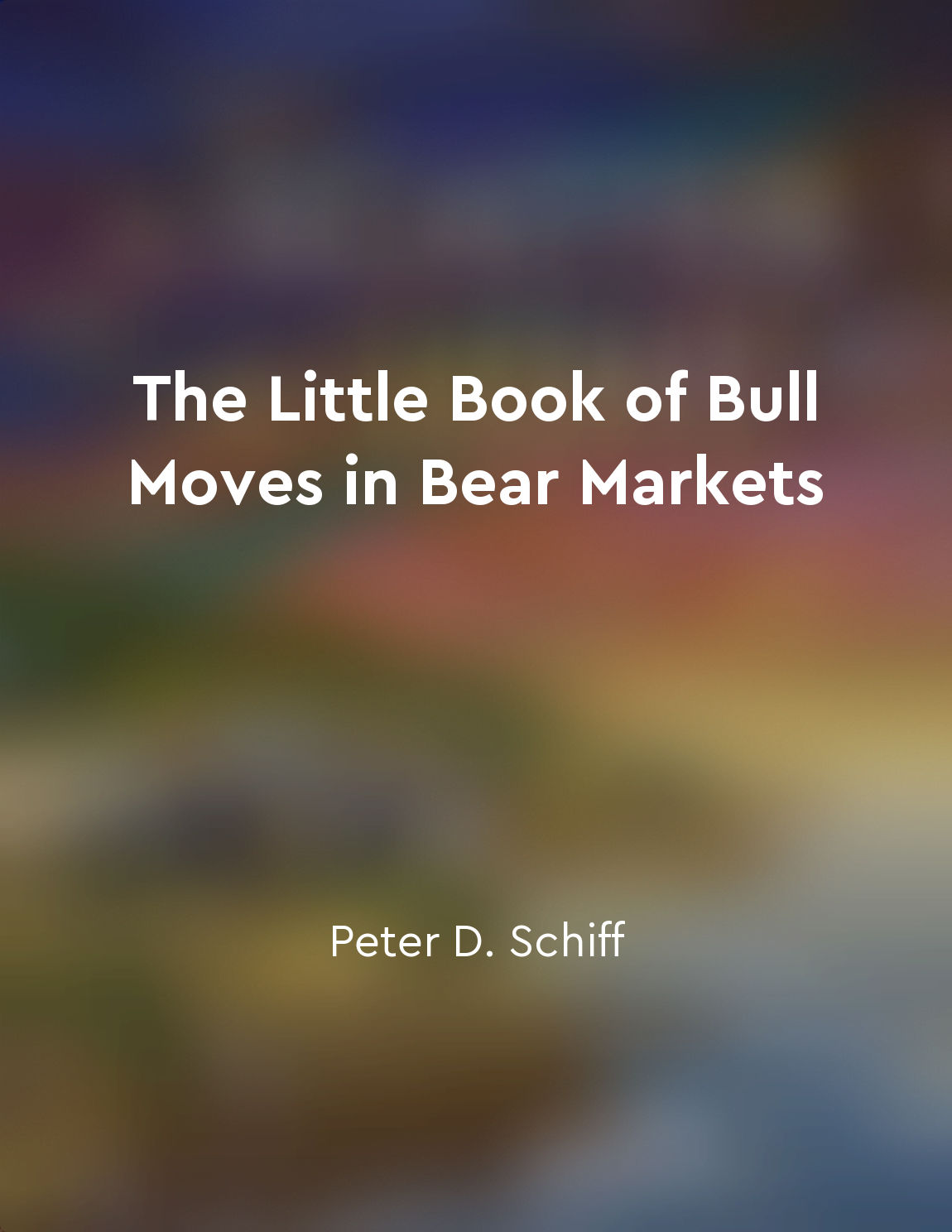Learn to read price action and volume for better decisionmaking from "summary" of Secrets of a Pivot Boss by Franklin O. Ochoa
Understanding price action and volume is essential for making informed trading decisions. Price action refers to the movement of a security's price on a chart, while volume reflects the number of shares or contracts traded during a specific period. By analyzing these two elements together, traders can gain valuable insights into market dynamics and potential future price movements. Price action analysis involves studying the patterns and formations that occur on a price chart. This includes identifying support and resistance levels, trendlines, and chart patterns such as triangles, flags, and head and shoulders formations. These patterns can signal potential entry and exit points for trades, as well as provide clues about market sentiment and strength. Volume analysis, on the other hand, helps traders gauge the strength and conviction behind price movements. High volume during a price advance, for example, can indicate strong buying interest and a potential continuation of the uptrend. Conversely, low volume during a rally may suggest that the move lacks conviction and could be prone to reversal. By combining price action and volume analysis, traders can develop a more comprehensive view of market conditions and make more informed trading decisions. For example, a price breakout accompanied by high volume is typically considered more reliable than a breakout on low volume, as the former suggests strong participation from market participants. It is important to note that price action and volume analysis are not foolproof methods for predicting future price movements. Market dynamics are influenced by a variety of factors, including economic data releases, geopolitical events, and changes in investor sentiment. However, by incorporating these tools into their trading arsenal, traders can improve their odds of success and better navigate the complexities of the financial markets.Similar Posts

Embrace the concept of pivot range and its significance in trading
In trading, understanding the concept of the pivot range is crucial for success. The pivot range is a key level derived from th...
Hedge funds relying on algorithms
Hedge funds have long been known for their secretive ways and lucrative returns. These investment funds pool money from wealthy...
Understanding market psychology is crucial for navigating uncertainty
Market psychology plays a critical role in determining the direction of stock prices. Investors are not always rational beings ...
Always prioritize the preservation of capital
The central principle that should guide the behavior of any serious investor is the basic concept of preserving capital. This p...

Government intervention can distort market signals
When politicians meddle in the economy, they often do more harm than good. By manipulating interest rates, printing money, or b...
Seek out diverse perspectives and insights to inform your decisions
When making decisions, it is imperative to seek out diverse perspectives and insights. This entails looking beyond our own bias...
Nonlinear dynamics govern market behavior
Market behavior is not a simple, linear process. It is not a straight line that goes steadily up or down. Rather, it is a compl...
Avoid picking individual stocks
Picking individual stocks may seem like an exciting opportunity to outsmart the market and earn high returns. However, the real...
Pay attention to interest rate differentials between currencies
One of the most important factors to consider when trading forex is the interest rate differentials between currencies. This co...

Emotion regulation strategies can help mitigate irrational behaviors
When it comes to investing, emotions can often cloud our judgment and lead to irrational behaviors. These irrational behaviors ...
